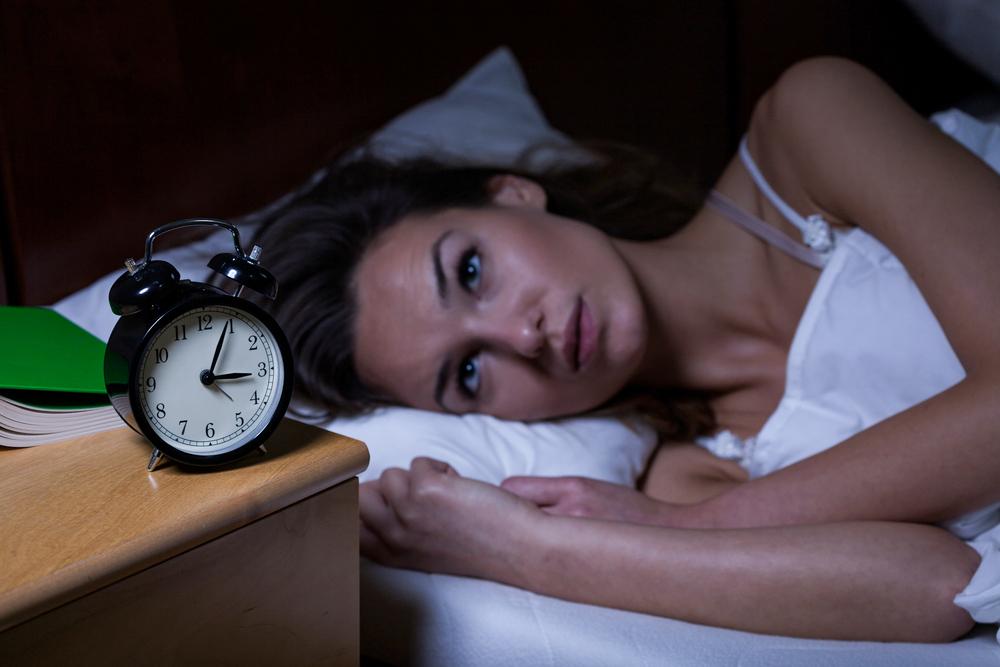Sleep apnea can take a serious toll on general well-being and contributes to health conditions known to worsen COVID-19 outcomes.
Despite these findings, scant research has been conducted linking sleep apnea directly to COVID-19 outcomes. There are, however, notable connections showing greater COVID morbidity and mortality among patients with obesity and hypertension, two conditions extremely common to sleep apnea patients.






